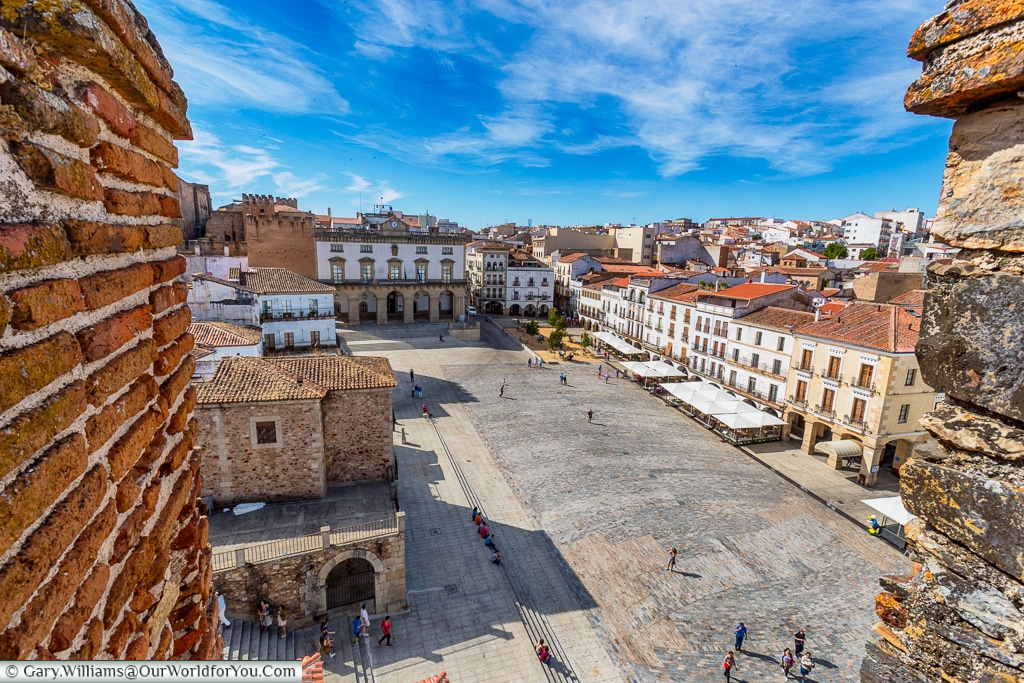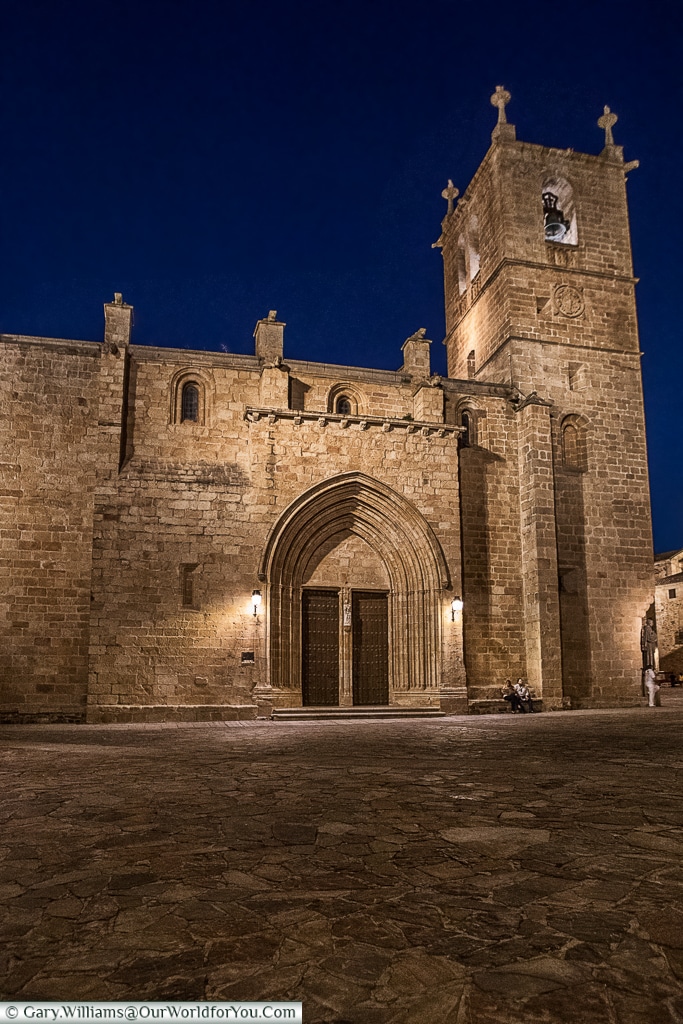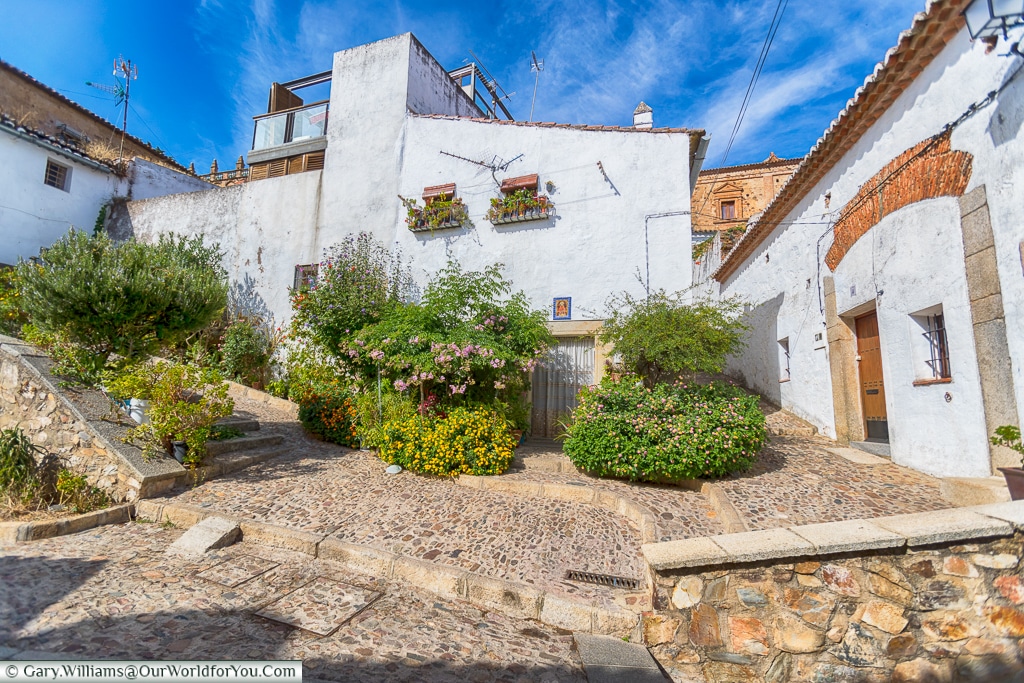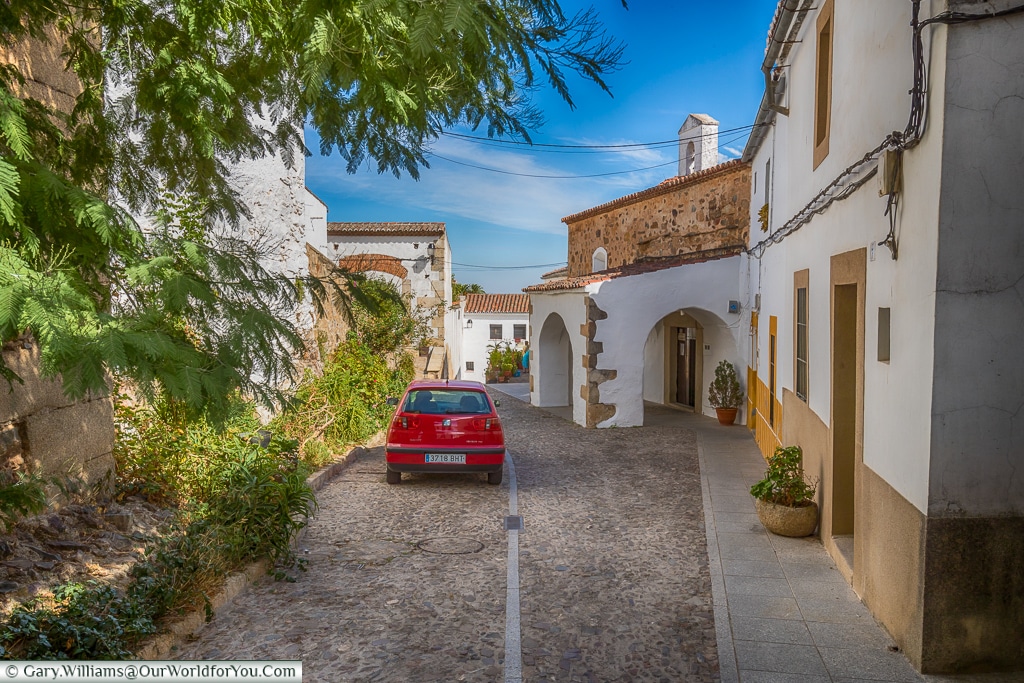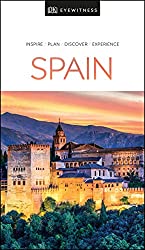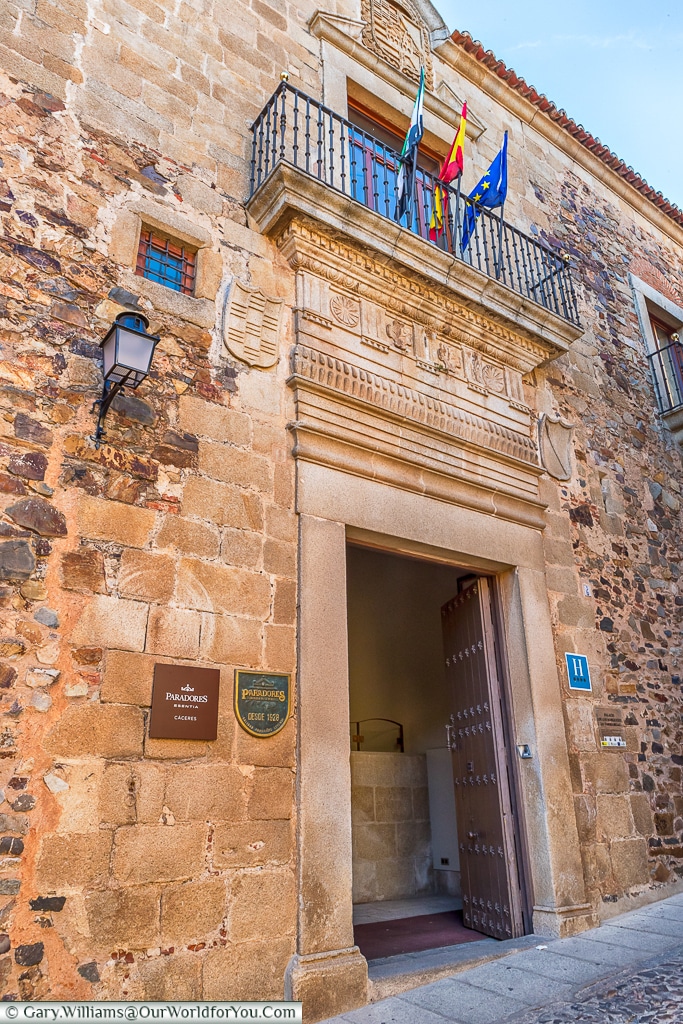
The Moors left their mark, Cáceres, Spain
Amongst the city walls
If you admire Moorish architecture, you will love Cáceres.
Cáceres is steeped in so much history, with a blend of Roman, Moors, Northern Gothic & Italian Renaissance.

Cáceres founded by the Romans in 25 BC, is nestled deep within the heart of the Extremadura region of Spain, and was the 4th destination on our Spanish road trip.
How many towers?
One of the most eye-catching features of this city is the amazing fortified wall and the 30 towers that were built by the Moors in 12th century, which encircles the Old Town.

The most prominent tower around the city is the Bujaco Tower, which overlooks the Plaza Mayor and across the rooftops of Old Town Cáceres.

For €2.50 you can climb the Bujaco tower, tour the museum and wander along a section of the ramparts. It’s worth it just for the view.
Plaza Mayor
The charming Plaza Mayor has an historical past dating back to the 12th century.
It is actually one of the largest squares in Spain and in the 15th century an arcade was added surrounded with stone pillars.
It’s wonderful place for families and friends to meet. For us travellers it's a place to sit and watch the world go by.
Charming streets
In 1986 the Old Town of Cáceres became inscribed onto the UNESCO World Heritage List. Strolling the narrow streets and lanes, it is easy to understand why.
Although a bit hilly in parts, it’s such a pleasure wandering through arches and courtyards discovering different corners of the city.
Plaza San Juan
A short distance from the Plaza Mayor is the delightful square of Plaza San Juan. It is not only the home of the Gothic San Juan Bautista Church, but of an evening this plaza is bustling with locals enjoying their al fresco dining at the traditional mesóns.
Tempted to?
Plaza de San Jorge
Peering down onto the lovely Plaza de San Jorge is the church of San Francisco Javier. This 18th century Baroque style church with its pink towers, offers some stunning views across the rooftops of the town.
The price is one Euro, and this was one Euro well spent.
Cathedral Santa Maria
A few steps down from Plaza de San Jorge, is the Plaza de Santa Maria. Standing pride of place in this square is the Cathedral Santa Maria.
The current incarnation was built between the 15th & 16th centuries. This Gothic style Cathedral still contains Romanesque remains from the 13th century.
The unusual altarpiece which is carved from wood, is surrounded by 3 naves.
Outside stands a sculpture of San Pedro de Alcantara, whose feet have been rubbed for luck many a time.
Moorish Cistern
Cáceres museum, (which is free of charge), is set within 2 buildings. The Casa de las Veletas, which has a wonderful Moorish cistern, and Casa de los Caballos, which dates from the 16th century. The museum houses a collection of ancient historical artefacts dating back from as far as the Bronze Age.
Within the basement of Casa de las Veletas is a very well preserved example of an Islamic cistern. It is dated from between the 10th and 12th centuries. Although not to the scale of other preserved cisterns in the world, it is nonetheless impressive.
Jewish District
The only Roman gate which exists within the walls now, is the Puerta del Rio (Christ’s Door), located within the Jewish district.
Amongst the whitewashed walls is San Antonio’s Hermitage. This hermitage was built upon a Jewish synagogue in the 15th century.
It is a tiny place of worship and along with its nave has a little balcony overlooking the streets below.
In Spain, you may notice that within the pavements of a Jewish District you will see a symbol. This is for Caminos de Sefarad, the route of Jewish Quarters.
A helpful guide
There are so many incredible places to discover in Spain and I love planning road trips. I often use the DK Eyewitness books, I find them extremely informative, easy to follow and the pictures and maps tempt you into searching for more.
We used a previous version of this book to plan our Spanish road trips, now you can grab the revised copy.
Why not?
Start creating your own Spanish adventure and discover its historical towns and cities for yourself, easyJet & British Airways are just a couple of options.
Tinto de Verano
Accommodation
Our accommodation for the 3 nights we were in Cáceres, was at the Parador Cáceres. A comfortable & stylish hotel, central located within the Old Town. A word of warning though - I would take caution trying to find it with your own car, the lanes are narrow, and only flow one way.
Although the Parador has a free outdoor parking lot, there are limited spaces and they are unable to be reserved. There is alternative parking available in an enclosed garage away from the hotel, which you will be transported to and from.
This parking is €19 per day but if you are a Parador Amigo (which is free to join) it is €12.
Inspired to visit Cáceres?
Will all that history? and then at the end of the day, take the weight off you feet an enjoy Spain's finest.
Why not checkout the latest deals on Booking.Com?
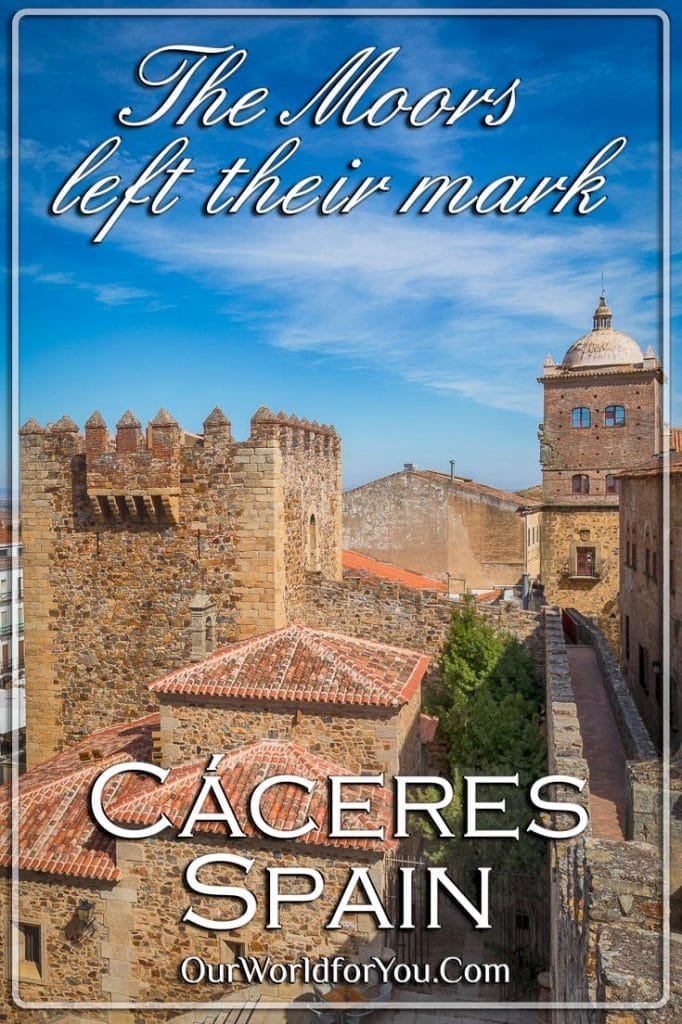
(Why not Pin It for Later?)
Seville we are on our way…..
The next step on our road trip was Seville, in Spain’s Andalusia region, and one of our most favourite places.
Enroute to Seville we visited the wonderful ancient theatre and amphitheater in Mérida. Which was inscribed on the UNESCO World Heritage List in 1993.
